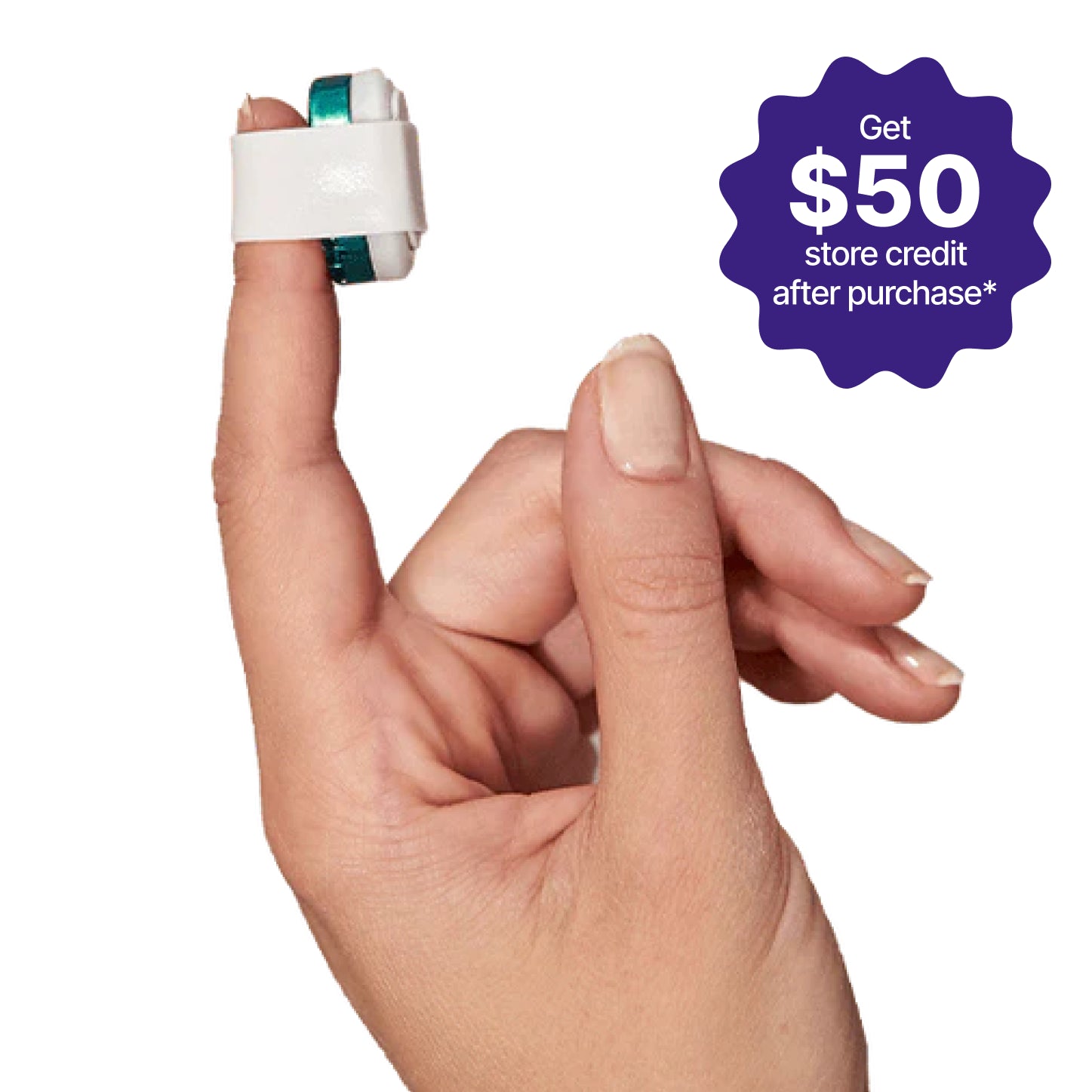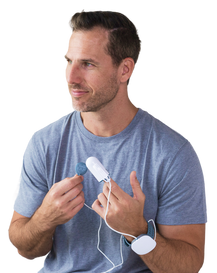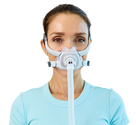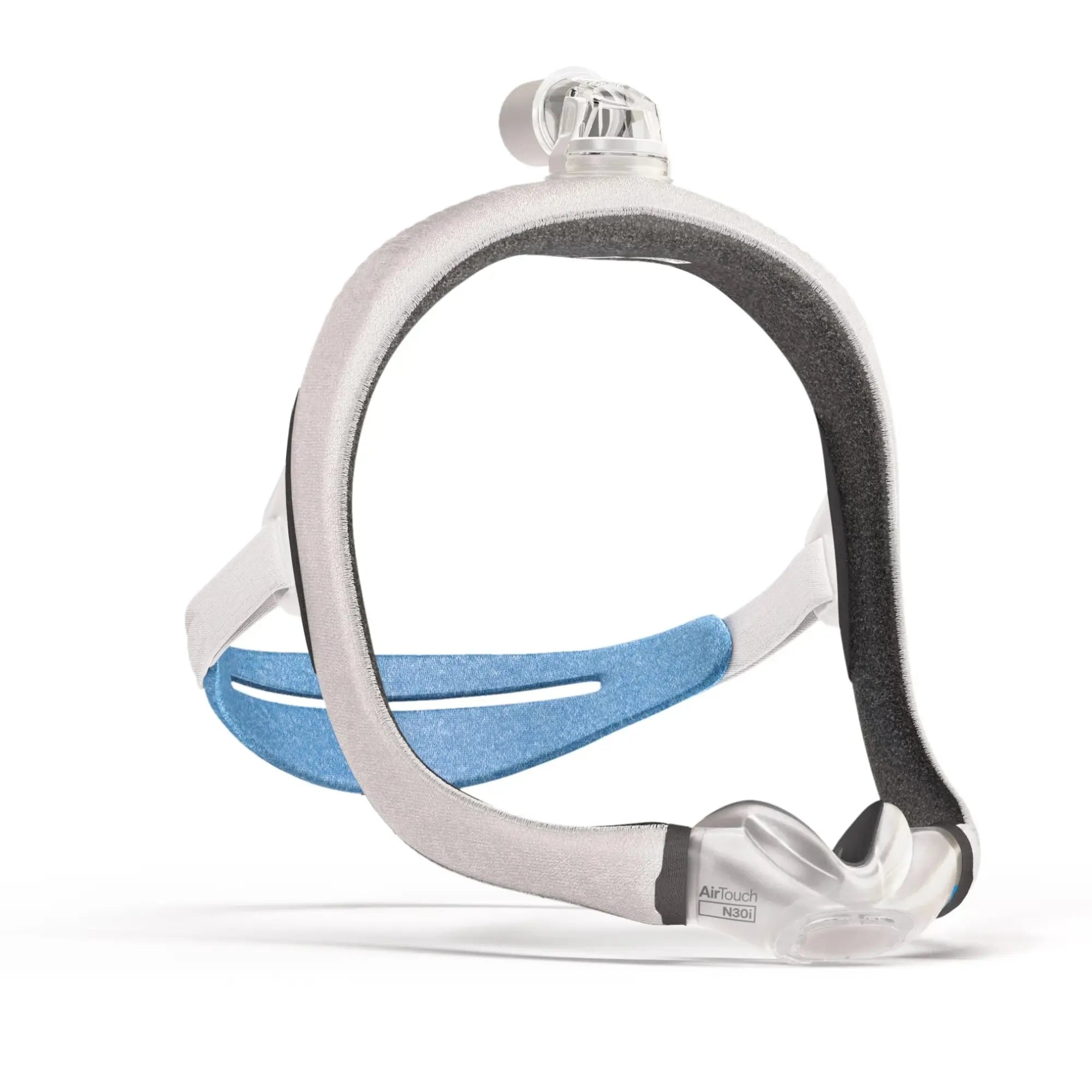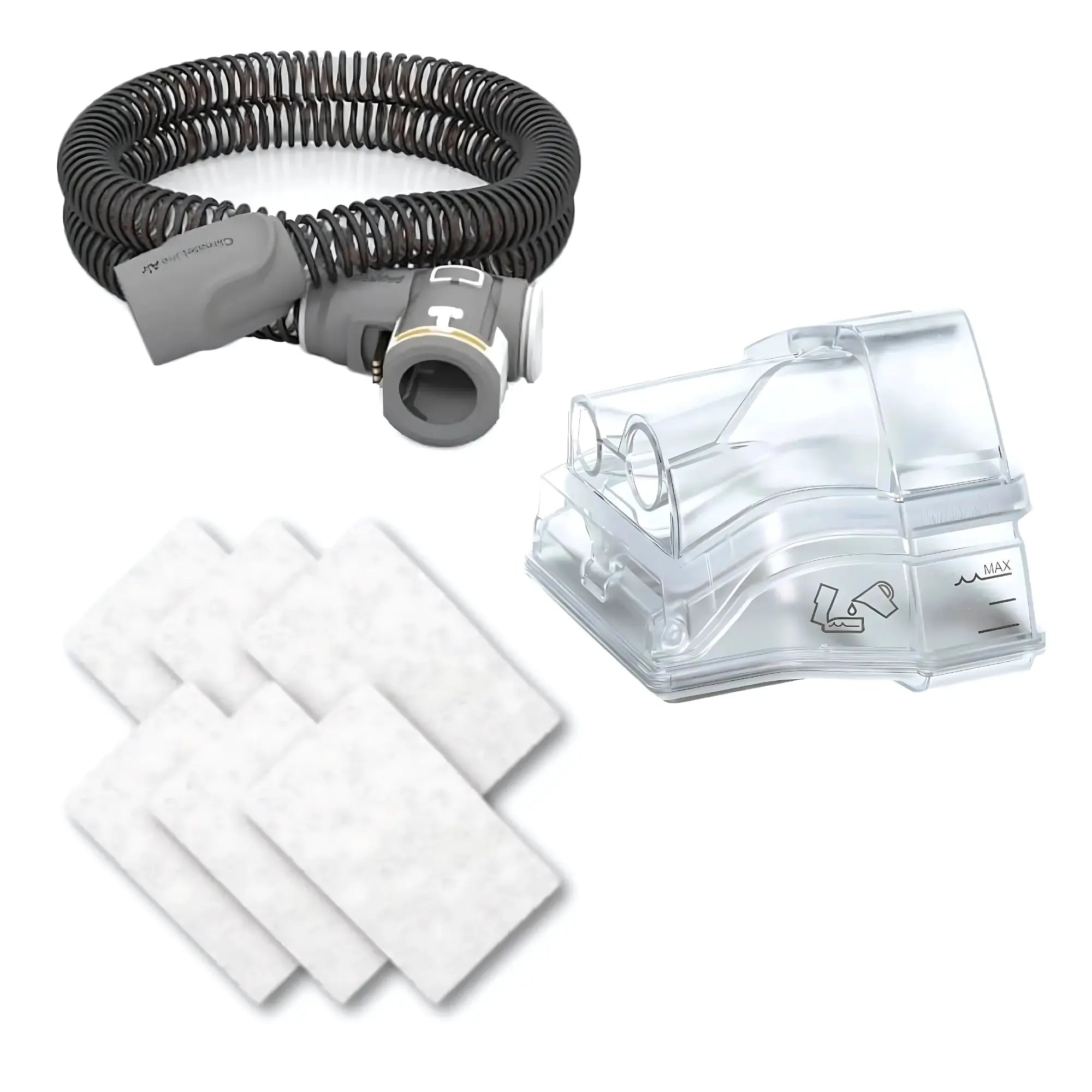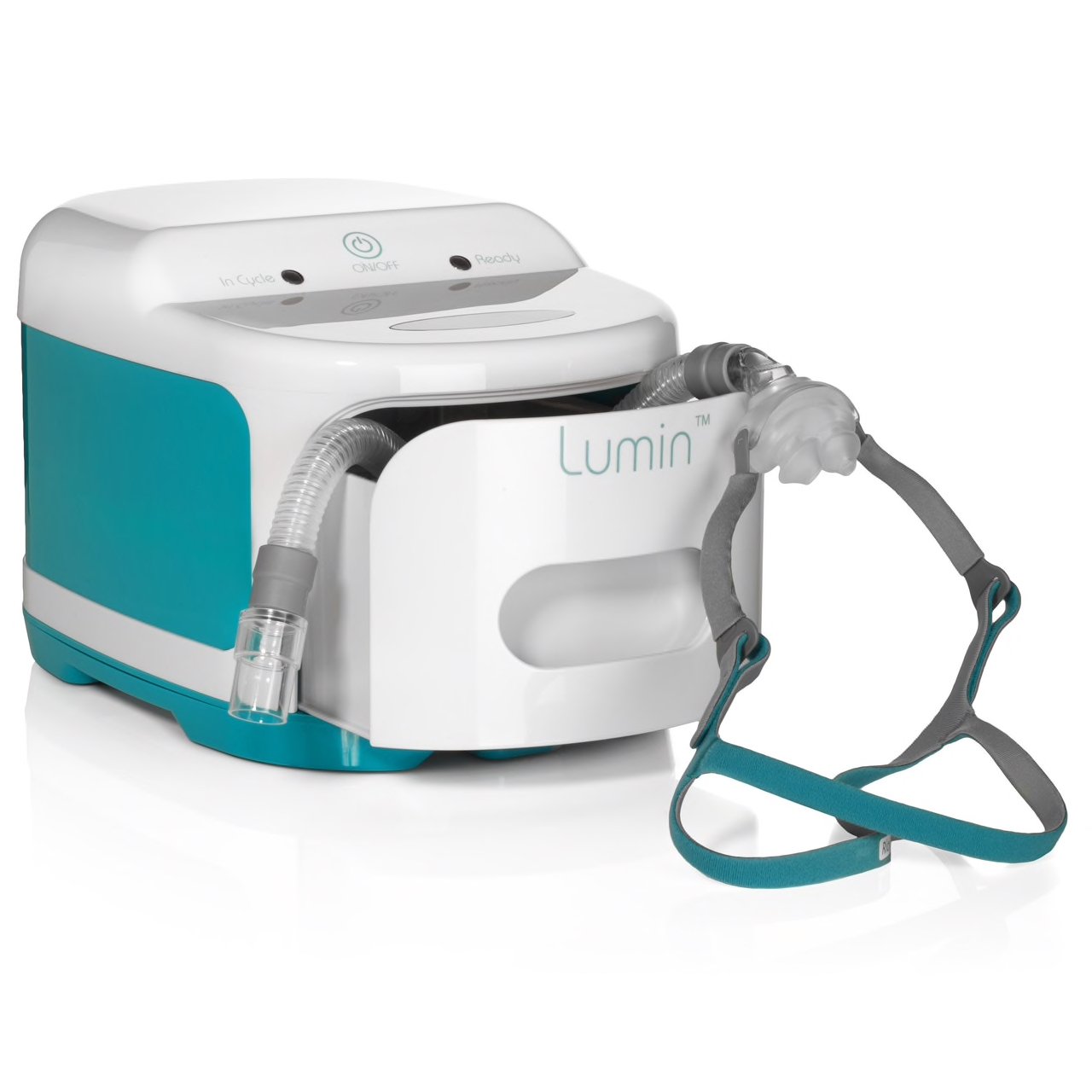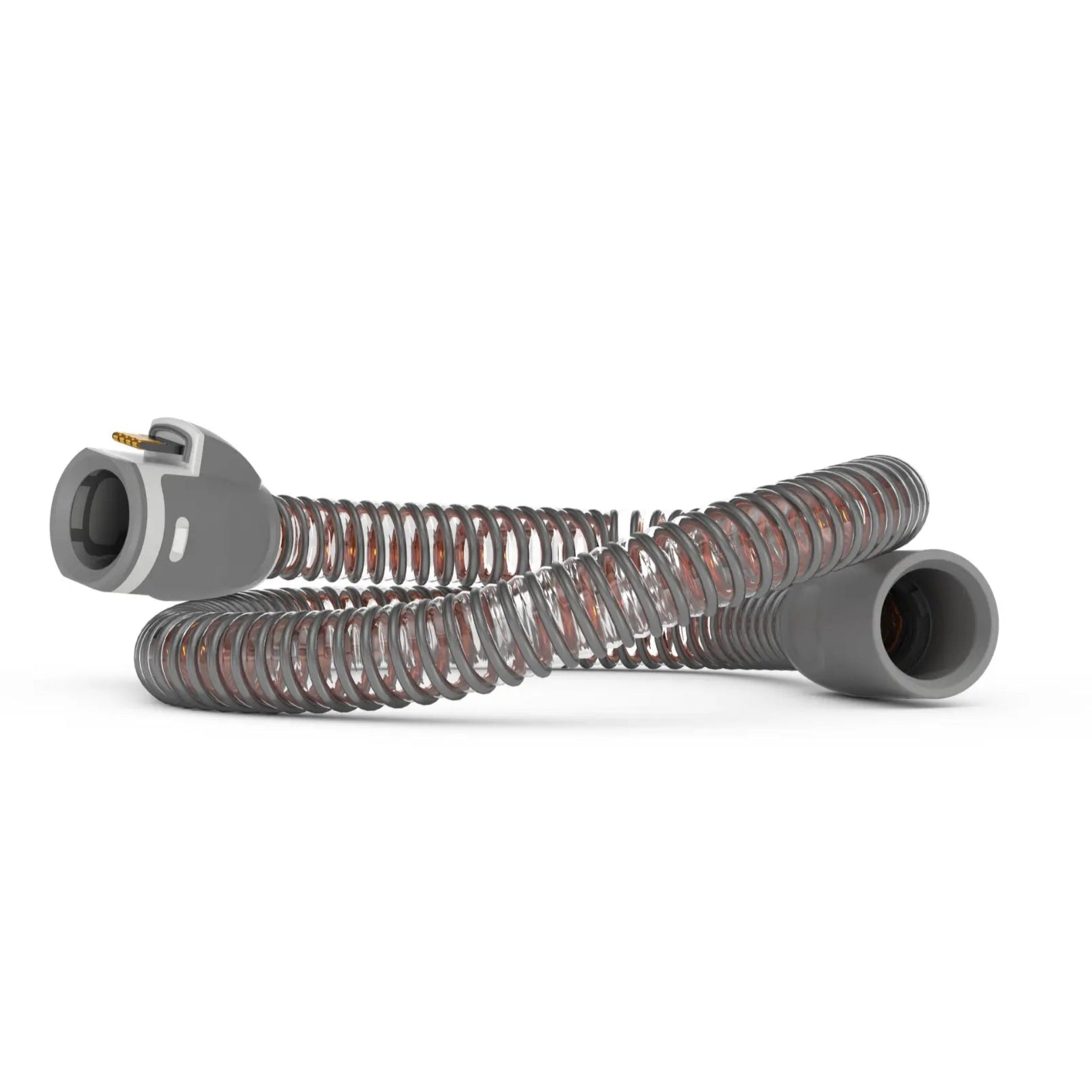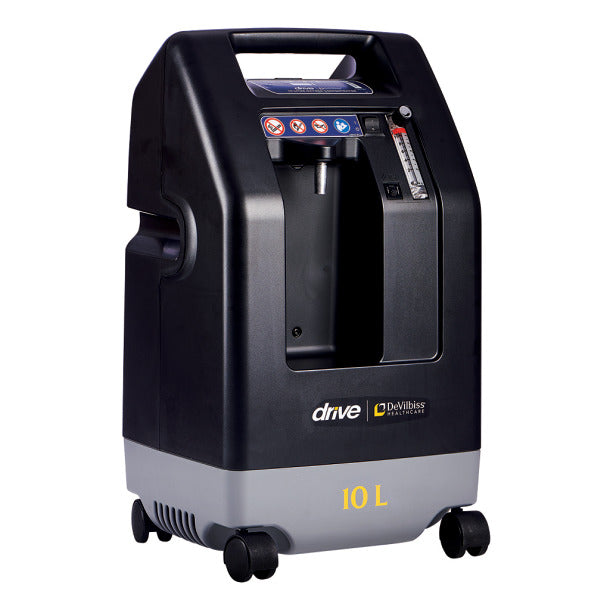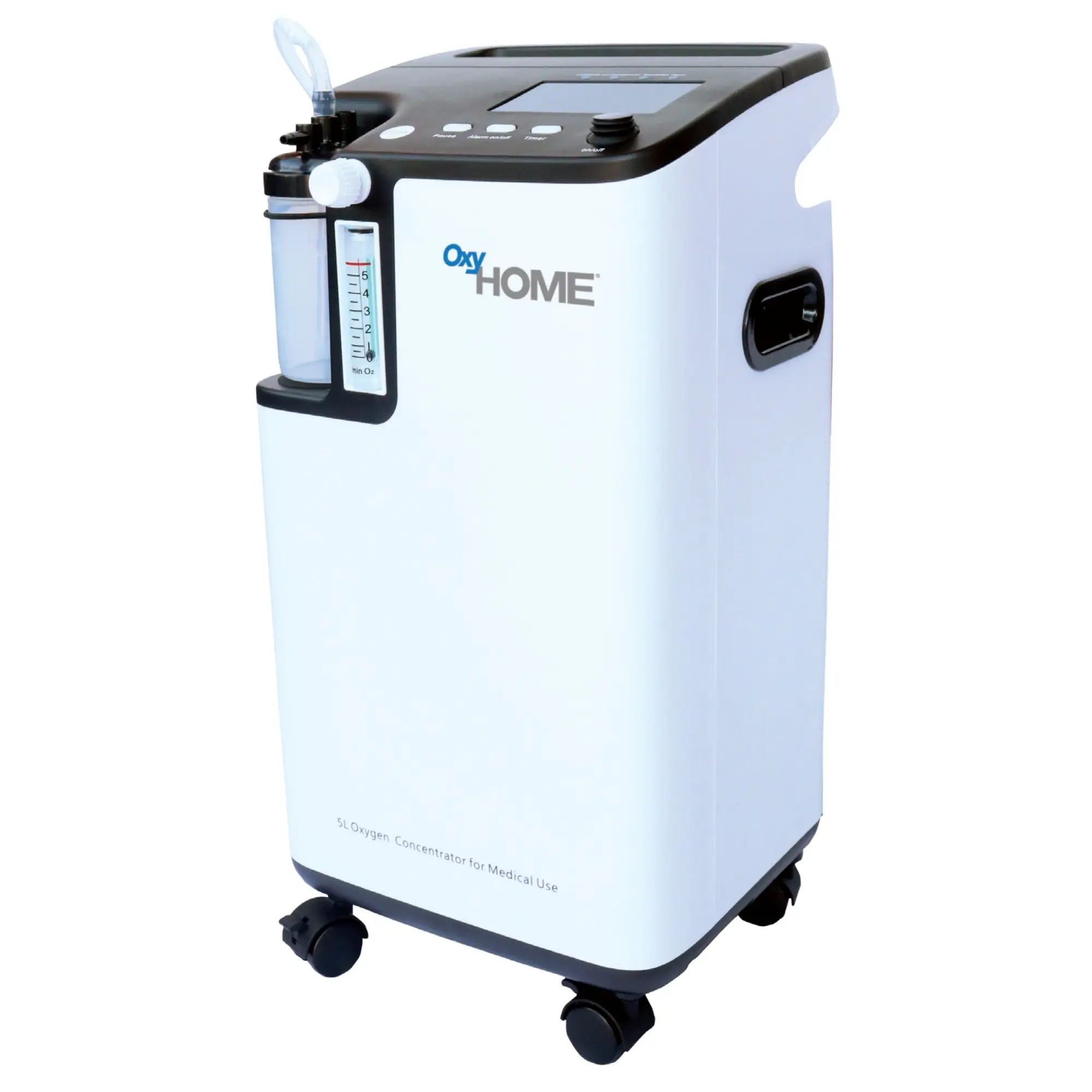CPAP is commonly known as the preferred treatment for anyone who suffers from sleep apnea and is more common in adults. For children, NCPAP or nasal continuous positive airway pressure is used.
NCPAP and Its Uses

Nasal CPAP or NCPAP is an abbreviation for nasal continuous positive airway pressure. NCPAP delivers a steady flow of air pressure through the nose of the patient. NCPAP is also used to treat respiratory distress syndrome in preterm infants or neonates. When babies are born premature or early, their lungs may not be fully developed so they are unable to breathe correctly. In the past when this happened the preterm neonates were put on mechanical ventilation and surfactant therapy but this was not proving effective to the neonates for their developing lungs so now a combination of NCPAP and mechanical ventilation and surfactant therapy is used to avoid further desaturation or respiratory failure.
For increased respiratory support for premature infants, NCPAP or nasal CPAP is used and has had some success in a randomized controlled trial. Infants with a gestational age of 30-35 weeks and who are suffering from respiratory distress are candidates for receiving NCPAP. Infants with less than 30 weeks gestation may also benefit but it should be discussed with a pediatrics doctor or clinician first. Once these babies are born and it is discovered that they have RDS and need NCPAP, they are taken to the neonatal intensive care unit or NICU and a clinical trial is performed. These infants would first go through the process of intubation and as their condition improved they would be weaned off mechanical ventilation through a hospital weaning procedure and extubating would occur.
To help wean the infant off mechanical ventilation or nasal intermittent positive pressure ventilation, an NCPAP generator is used for non-invasive ventilation. An infant flow driver may be used to administer NCPAP therapy set to the infant's respiratory rate or simple nasal prongs used with a continuous flow ventilator. Some infant flow drivers have an expiratory tube that makes it easier for the baby to breathe out. Infants who have been born pre-term and need oxygen therapy may develop bronchopulmonary dysplasia which is a chronic lung disease. The incidence of bronchopulmonary dysplasia may do down significantly with proper treatment.
With proper treatment such as an NCPAP generator, they can recover but many still have breathing-related issues later in life. NCPAP can be administered either through a nasal cannula or nasal mask depending on their birth weight. For older children with respiratory issues, a high-flow nasal cannula has proven effective to maintain oxygenation. NCPAP provides a constant inspiratory pressure to ensure that the airway does not collapse which in turn can maintain the patient's oxygen saturation with less fio2 being given.
Low birth weight infants with RDS may also benefit from the use of NCPAP therapy by maintaining a patent airway to decrease work of breathing and to increase oxygen saturation. A variable flow device may be used as well as a bubble CPAP. Sometimes these infants face major complications like respiratory acidosis, where their lungs do not get rid of CO2 fast enough and their blood can become acidic and they need aggressive treatment to recover. However, many infants put on distending pressure devices like NCPAP make amazing recoveries and go on to lead happy, healthy lives.
NCPAP can be life-saving for many premature infants and have a positive effect on their lung development which is why many NICUs use this treatment.



